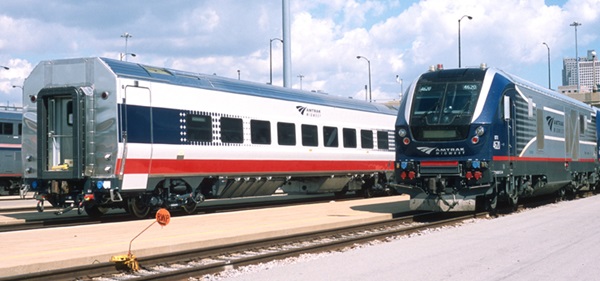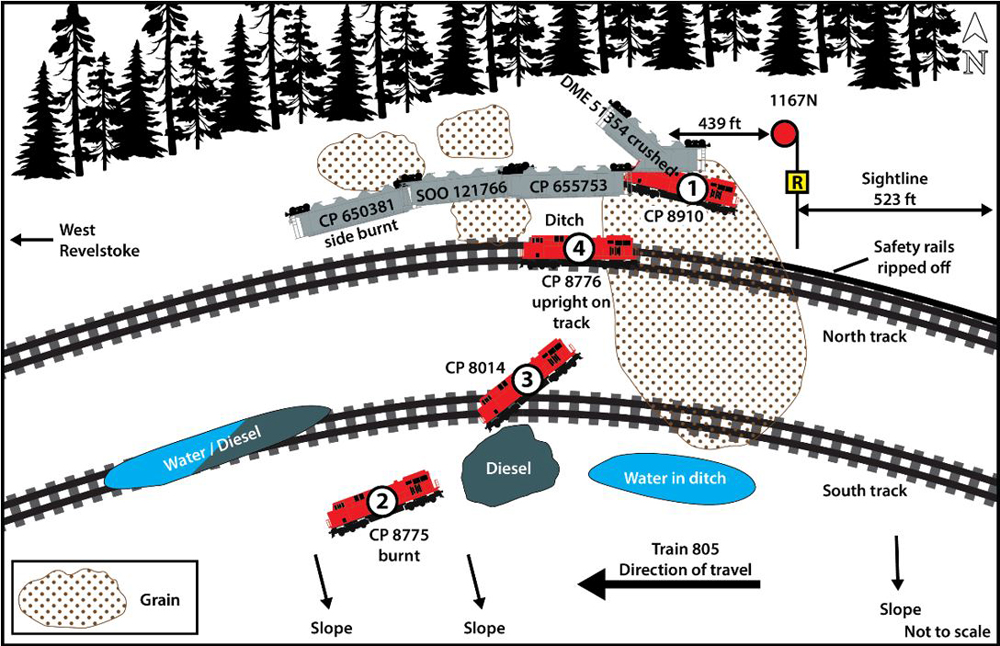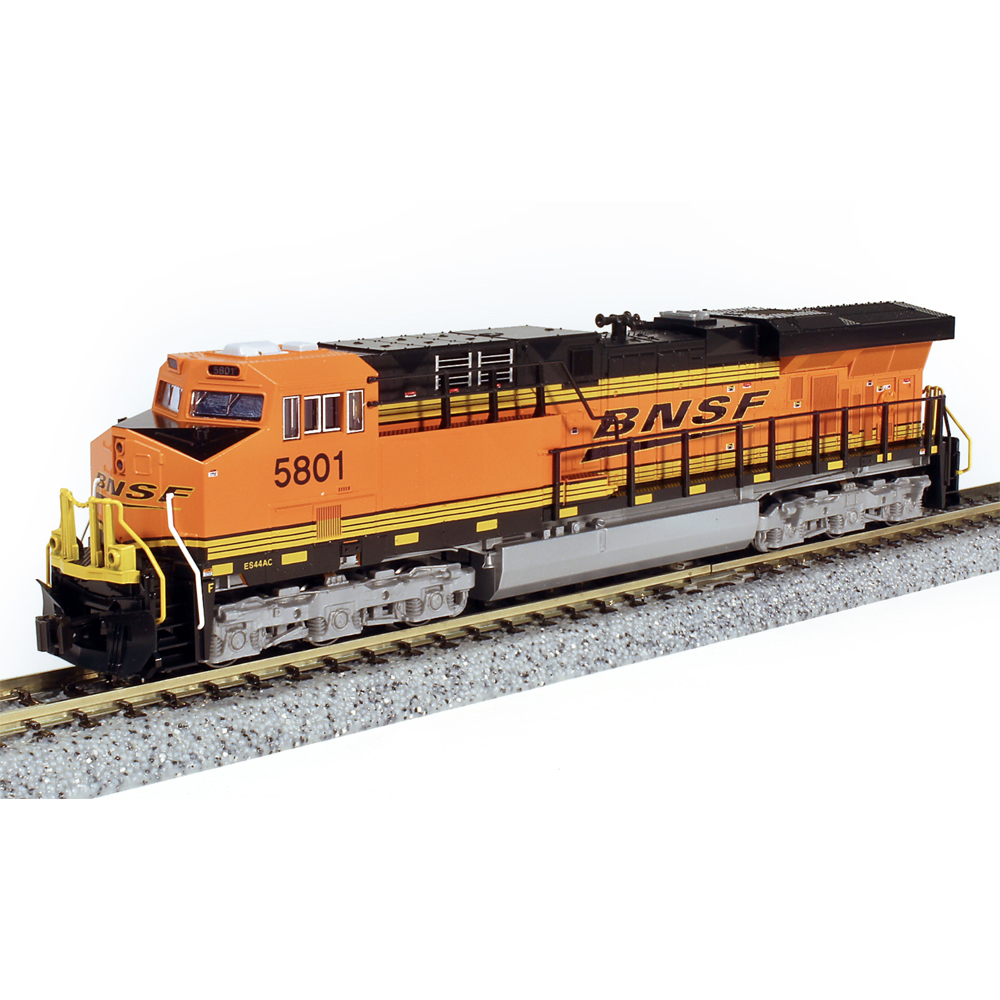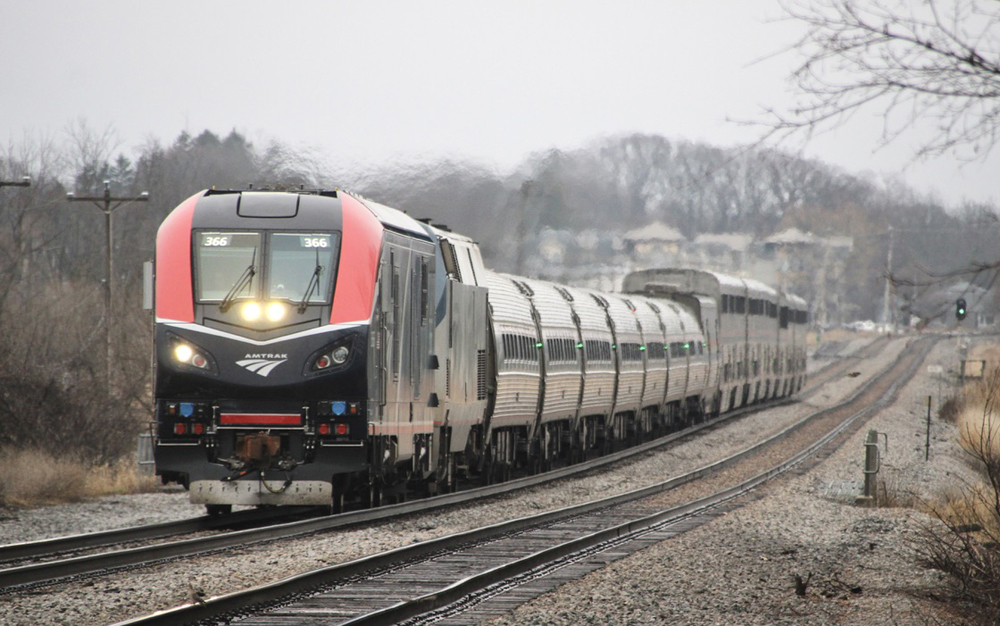
SACRAMENTO, Calif. — Problems with lead in restroom water supplies have delayed the introduction of new Siemens passenger cars for state-supported Amtrak service in California and the Midwest, but Siemens says it has a solution to the problem.
The Sacramento Bee reports the issue was discovered during routine testing last November, according to Caltrans spokesman Christopher Clark. While a Siemens spokeswoman said a solution to the lead problem “was developed and validated for implementation on all cars” to meet water-quality standards of the Food and Drug Administration and Environmental Protection Agency. But Clark said further testing will be needed “to attempt to verify the proposed solution” before the cars can be delivered.
Caltrans is the lead agency in overseeing the $386 million, 137-car order for single-level cars awarded to Siemens in 2017 as a replacement for bilevel cars which original contractor Nippon-Sharyo was unable to build [see “Expensive questions surface with changed passenger car order,” Trains News Wire, Nov. 9, 2017]. The delay with the equipment being built at Siemens’ plant in Sacramento means nine years have passed since the original equipment order without any cars entering service.
Contractor Sumitomo Corp. has been paid $28 million for its work on the cars, Clark told the newspaper, but will not get paid for the cars themselves until the water issue has been resolved.
An official with the agency that oversees Amtrak’s San Joaquin service in Central California said the agency had hoped to have the new cars in service last fall, but is “just waiting for everything to be resolved.” California will receive 49 of the cars; 88 will go to Chicago-based state-supported services.
The first four of those cars arrived in Illinois last August [see “Digest: First cars in IDOT order …,” News Wire, Aug. 31, 2020], and the cars have occasionally been reported to be testing on Midwestern routes, most recently on Canadian National in the Effingham, Ill., area [see “News photo: New Siemens cars depart for testing,” News Wire, April 12, 2021].
The cars are based on the design Siemens built for Florida’s Brightline. Those cars entered service in December 2017 and generally received high marks. They have been idle since March 2020 because Brightline suspended operations as a result of the COVID-19 pandemic. The passenger operator has yet to announce its return to service.














Between this, at nearly $3 million/car, HART on Oahu with about TRIPLE the original cost, DC Metro, etc., etc., when will people begin to realize that government needs desperately to stay out of the railroad business?
Siemens is actually the second subcontractor on the project. In 2012, Nippon Sharyo was the subcontractor to build a bilevel car, but in 2015 a prototype car failed a buff strength test. The contract then went to Siemens who were to build their single-level Siemens Venture cars, based on a European design. These are the cars with the lead problem.
The first Amfleet cars were ordered in 1973 and delivered in 1975.
Nine years and no cars in service? They built the UP-CP across wilderness in less than that (the CPR across the emptier wilderness in Canada too). We’re so lucky to live in the age of advanced bureaucracies.
We went from no army to speak of in 1939, nor any real war industry complex, to winning what was essentially two different world wars in 1945 …. along with supplying and transporting most of the military hardware for what was pretty much another world war, the Soviet Union’s western front.
But only after a decade of corruption, mismanagement, and false starts. And hundreds of workers killed.
Maybe they detoured & filled tanks in Flint MI
Don’t have to go to Flint for it. Lead is everywhere in North American water supplies.
Lead solder has been band from water systems for years now. Matter of fact nothing with lead in can be used in water systems. Go to your local hardware store and try to by lead solder. Did they ever think to check the water that they put into the tanks?
Bingo Walter. The water is more than likely contaminated.
I agree Walter, although nothing surprises me about anything remotely connected to California. Maybe we should consider giving it back to Mexico.
Mexico doesn’t want California. We’re stuck.
Good point regarding the water. However, since some of this was probably subcontracted and components coming from all over the world, it wouldn’t surprise me if one of those sub components had/has an issue.
Possibly the solder or welding flux used to making the drinking water tanks.
Only military spec use lead. Civilian solders typically use a combination of tin and silver.
I read the article twice … and have no clue why there’s lead in the water.
BTW I don’t understand the problem People don’t drink out of the toilet.
The fact that it has to meet EPA standards is all you should need to know Charles…lead can’t be released into the ground as it’s considered a hazardous material according the EPA, nor sure about the FDA involvement though. I also highly doubt they have two separate water tanks either, that’s just inefficient.